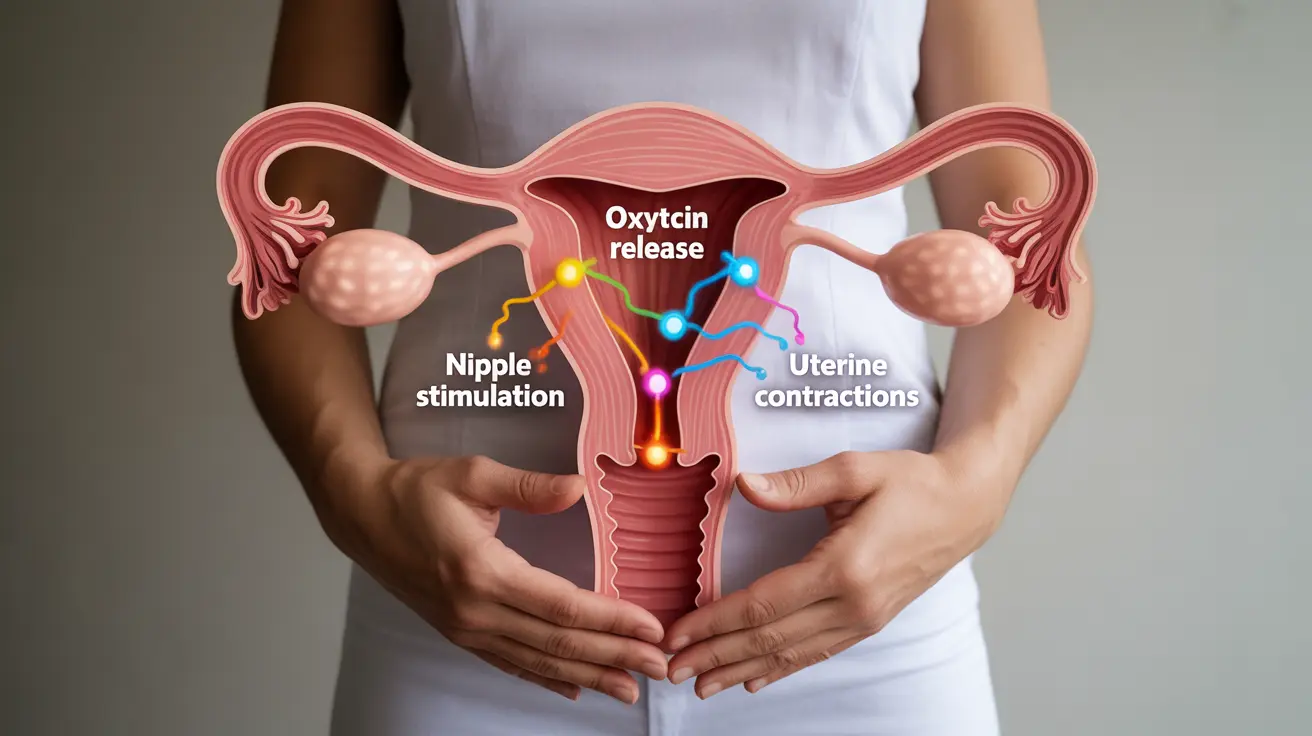For pregnant women approaching or passing their due date, finding safe and natural ways to induce labor becomes a top priority. Nipple stimulation has emerged as a well-researched method that may help initiate labor naturally. This comprehensive guide explores the science behind nipple stimulation for labor induction, its effectiveness, and important safety considerations for expectant mothers.
Understanding How Nipple Stimulation Works
Nipple stimulation works by triggering the release of oxytocin, often called the "love hormone," which plays a crucial role in labor and childbirth. When the nipples are stimulated, the body naturally produces oxytocin, which can help stimulate uterine contractions and potentially initiate labor. This process mimics the natural hormonal cascade that occurs during spontaneous labor onset.
Benefits of Nipple Stimulation for Labor Induction
Research has shown several potential benefits of using nipple stimulation to induce labor:
- Increased frequency and intensity of contractions
- More natural approach compared to medical interventions
- No cost and can be performed at home
- May help ripen the cervix
- Could reduce the need for synthetic oxytocin (Pitocin)
Safe Methods for Nipple Stimulation
When performing nipple stimulation for labor induction, it's essential to follow proper techniques for safety and effectiveness:
Recommended Technique
Gently massage one nipple through clothing or directly for 5 minutes, then rest for 15 minutes before continuing. Alternate between breasts and avoid overstimulation. This method can be repeated for several sessions throughout the day, always paying attention to your body's response.
Timing Considerations
Most healthcare providers recommend starting nipple stimulation only when you're at or past your due date. Sessions should be limited to 20 minutes at a time, with proper breaks between sessions to prevent overstimulation.
Important Safety Considerations
While nipple stimulation can be an effective natural method for labor induction, it's not suitable for all pregnancies. Consider these important safety factors:
- Should only be attempted at or after full term (39 weeks)
- Not recommended for high-risk pregnancies
- Must be discontinued if contractions become too strong
- Should always be discussed with healthcare provider first
- Not suitable for women with pregnancy complications
Monitoring Progress and Warning Signs
When using nipple stimulation, it's crucial to monitor your body's response carefully. Pay attention to the frequency and intensity of contractions, and contact your healthcare provider if you experience:
- Contractions occurring more frequently than every 2-3 minutes
- Severe abdominal pain
- Unusual vaginal bleeding
- Decreased fetal movement
- Any concerning symptoms
Frequently Asked Questions
How does nipple stimulation induce labor, and what are its benefits for pregnant women? Nipple stimulation triggers the release of oxytocin, which can initiate uterine contractions and help start labor. Benefits include natural labor induction, potential reduction in medical interventions, and no associated costs.
Is nipple stimulation safe for inducing labor in all types of pregnancies, or are there specific risks? Nipple stimulation is not safe for all pregnancies. It should be avoided in high-risk pregnancies, cases with previous complications, or before full term. Always consult your healthcare provider before attempting this method.
What are the most effective methods for performing nipple stimulation to induce labor? The most effective method involves gentle massage of one nipple at a time for 5 minutes, followed by a 15-minute rest period. Alternate between breasts and limit sessions to 20 minutes total, with breaks between sessions.
Does nipple stimulation increase the risk of cesarean delivery or other complications during labor? When performed correctly and in appropriate pregnancies, nipple stimulation has not been shown to increase the risk of cesarean delivery. However, improper technique or overuse could lead to excessive contractions.
How does the effectiveness of nipple stimulation compare to other natural methods of inducing labor? Research suggests that nipple stimulation can be more effective than some other natural methods, such as walking or evening primrose oil. However, its effectiveness varies among individuals and should be used as part of a comprehensive approach to natural labor induction.




